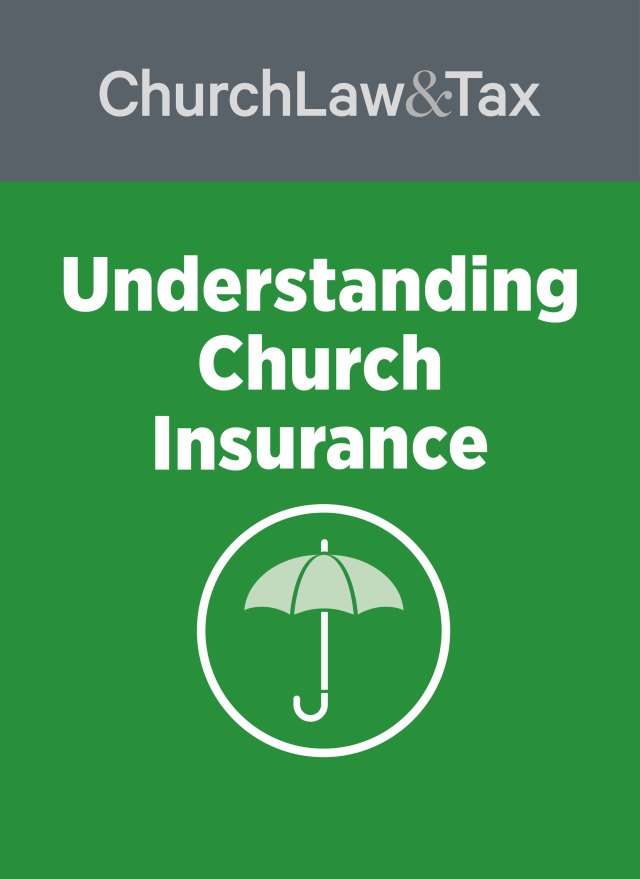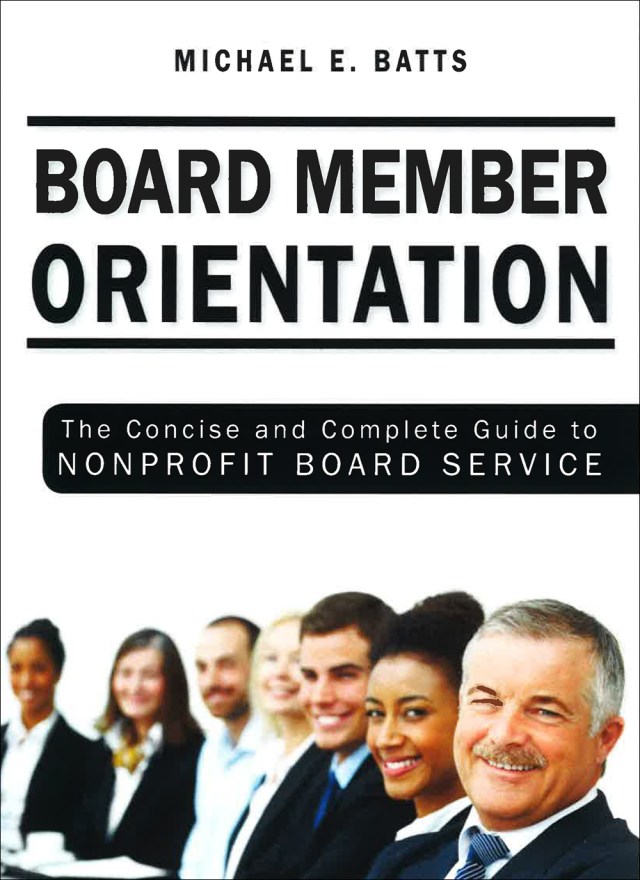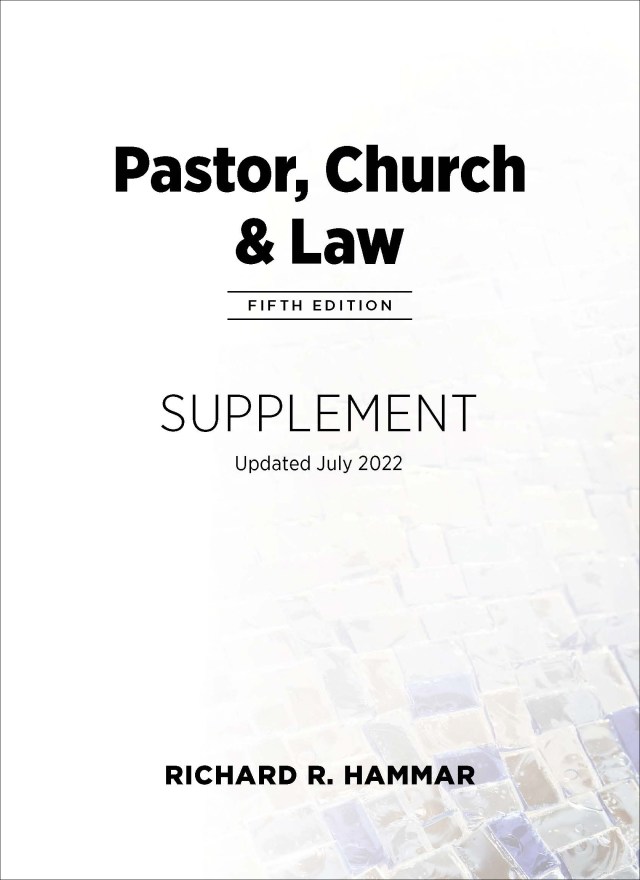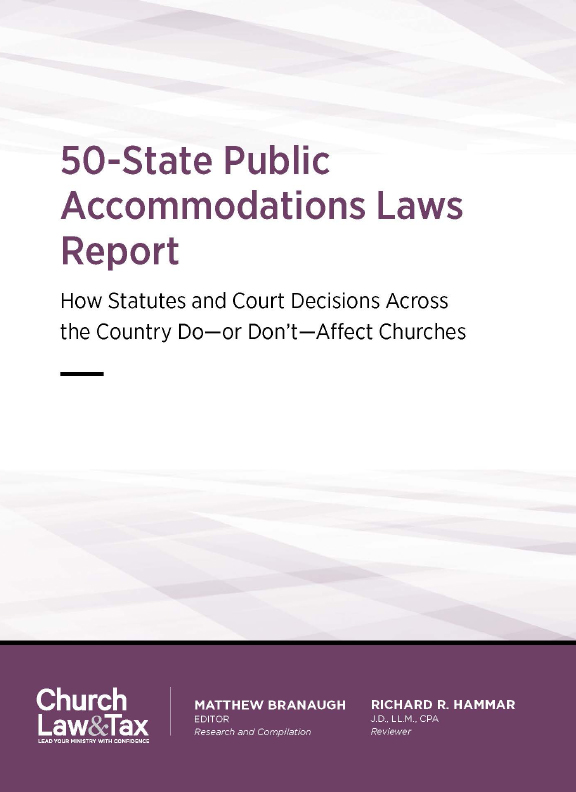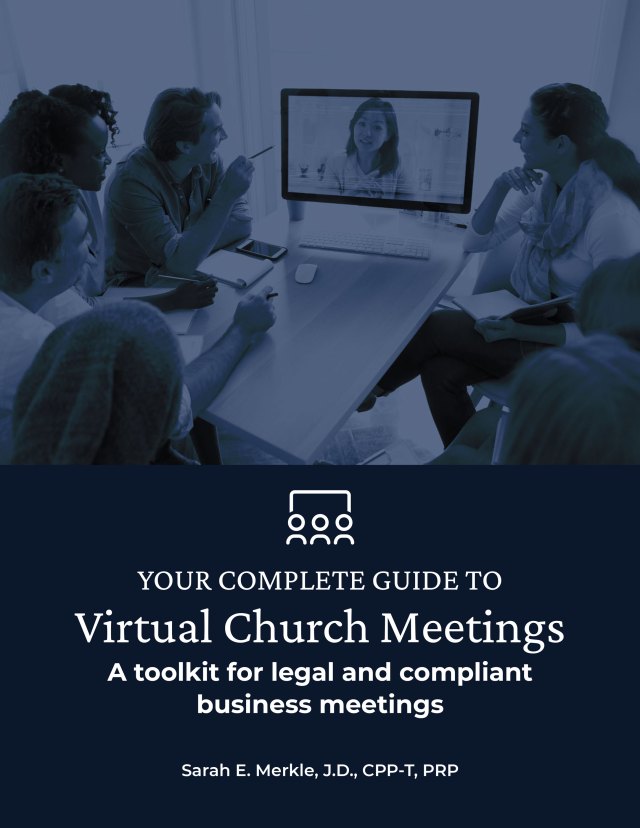Key point 10-11.1. Churches can reduce the risk of liability based on negligent supervision for injuries not involving sexual misconduct by adopting risk management policies and procedures.
A federal district court in New Jersey ruled that a church was not responsible for serious injuries sustained by a parishioner while participating in a hayride organized by the church.
Background
The Fellowship Event was a free, church-sponsored outing hosted each fall at a nearby commercial farm owned by longtime parishioners of the church. In 2015, the event began at 5:30 p.m. and ended around 10 p.m. About 50 people attended, most of whom were not farmers and did not possess farming experience. The church promoted the event through mentions in the weekly bulletin and announcements by the pastor in the weeks leading up to the event. No participants were required to sign liability waivers for the event.
Multiple wagons were hitched to tractors for the hayride. Hay was spread along the floor. Haybales were used as seats on the wagons as well as for steps for getting on and off the wagons.
The farmer provided and loaded all the hay bales. The bales were not secured and could easily move if someone stepped on them. The farmer and other church parishioners set up the wagons and tractors for the hayrides, while the farmer’s wife assisted with the bonfire setup.
The plaintiff attended the Fellowship Event with her husband and three children. She rode in one of the wagons hitched to a tractor.
At approximately 6:15 p.m.—before the plaintiff’s hayride began, and while the wagon and tractor sat idle—the plaintiff attempted to get out and retrieve additional blankets. The plaintiff said she turned herself around to descend backwards from the wagon, and as she did, she said one of the hay bales used as a step moved, causing her to fall backwards and “strike the ground with her back and head.”
No one witnessed the fall, though many saw her on the ground shortly after.
She sought no medical attention at the time and returned to the wagon to participate in the hayride. She also participated in the bonfire later. The plaintiff said she lost consciousness for an unknown period of time after the fall “and vaguely remembers the hayride or events thereafter.”
The plaintiff said she left the event and went to a hospital to receive medical attention. She alleged “she sustained numerous physical injuries to her head, neck, ankle, and back, as well as mental and emotional injuries.”
The plaintiff sues the farmers
In 2017, the plaintiff sued the farmers for negligence. The lawsuit asserted that the farmers “negligently caused the plaintiff’s injuries because they failed to provide a properly secured step to board and exit the wagon; failed to provide an attendant to assist boarding and exiting the wagon; failed to warn her about stepping onto the hay bale; and failed to adhere to state, local, and industry standards for steps and hand rails.”
The farmers, on the other hand, alleged that although no specific individual was assigned to assist people on and off the wagons, other assistance was provided, including verbal safety instructions during the hayride.
The farmers filed a third-party complaint against the church
The farmers also filed a third-party complaint against the church, alleging that the plaintiff’s injuries were caused in whole or in part by the negligent acts of the church.
Specifically, the farmers asserted that the church was “a beneficiary, organizer, and planner” of the Fellowship Event, and “provided materials, goods, and services” including the hay bales that injured the plaintiff.
The court’s decision
The court concluded that the church was not responsible for the plaintiff’s injuries:
There is no dispute that the Fellowship Event was held on the . . . farm. Importantly, the [farmers] have not presented facts to suggest that [the church] supplied the wagons, tractors, hay bales, and other farm equipment used on the farm during the event and that allegedly caused Plaintiff’s injuries. Although the [farmers] assert . . . that [the church] supplied the materials, equipment, and goods for the Fellowship Event, the [farmers] fail to cite to any evidence to support their contention. In fact, [the farmer’s] deposition testimony demonstrates that it was he who provided the bales of hay for use as seats on the wagons as well as for use as steps onto and off of the wagons. . . .
Furthermore, the fact that the event was advertised in the church’s bulletin, and during church services is immaterial because Plaintiff’s injury occurred on the . . . farm through the use of the [farmers’] farming equipment. Therefore, the facts reveal that [the church] was not [responsible for the accident].
What this means for churches
Hayrides are inherently risky activities that have resulted in injuries and deaths to many people.
Many courts have found the sponsors of these events, including churches, liable for any deaths or injuries that may occur, usually on the basis of negligent selection of the driver of the truck or tractor that pulls the wagon, or negligent supervision of the event itself.
Churches should not authorize or schedule such events (for minors or adults) without stringent safeguards to protect against injury or death.
For a list of 18 precautions, see my Q&A on church hayrides, which includes guidance on selection and supervision protocols, ideal times of day for hayrides, inspections, liability waivers, and more. West v. De Block, 2020 U.S. Dist. LEXIS 180321 (D.N.J. 2020).
